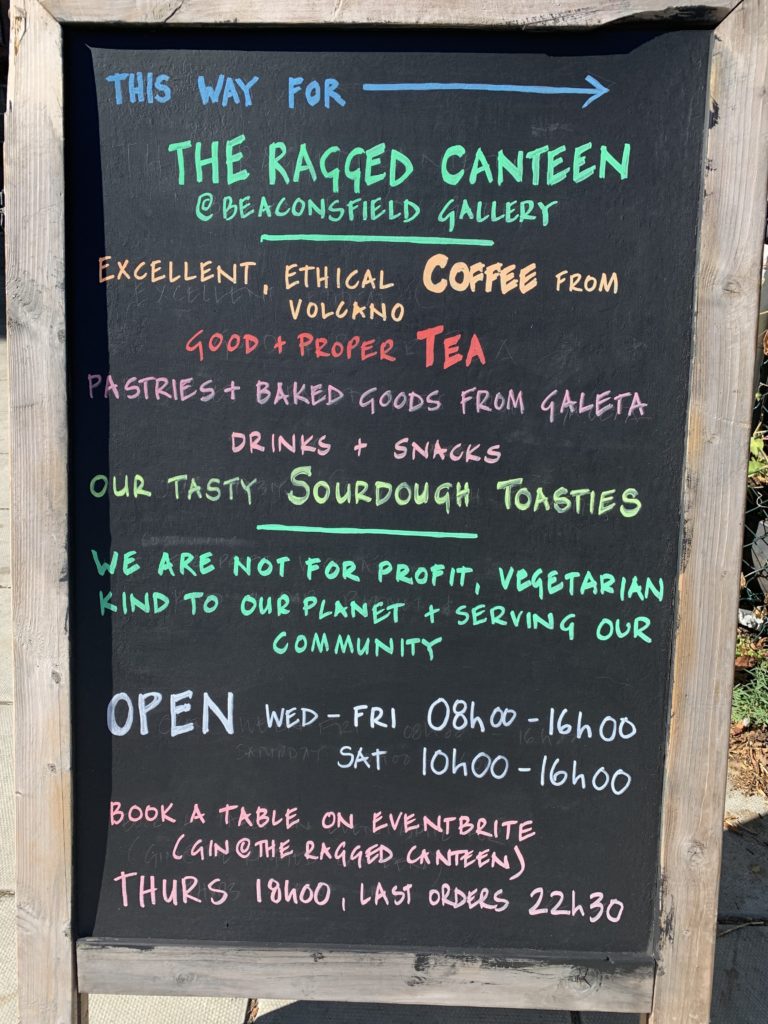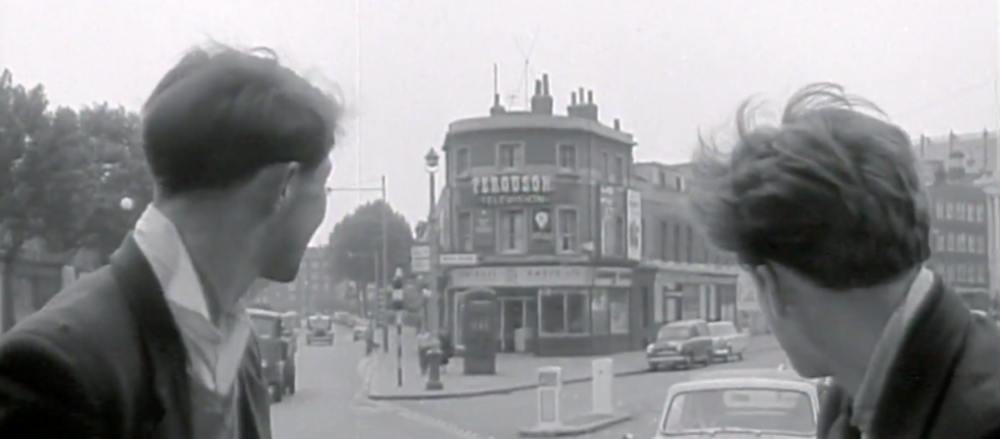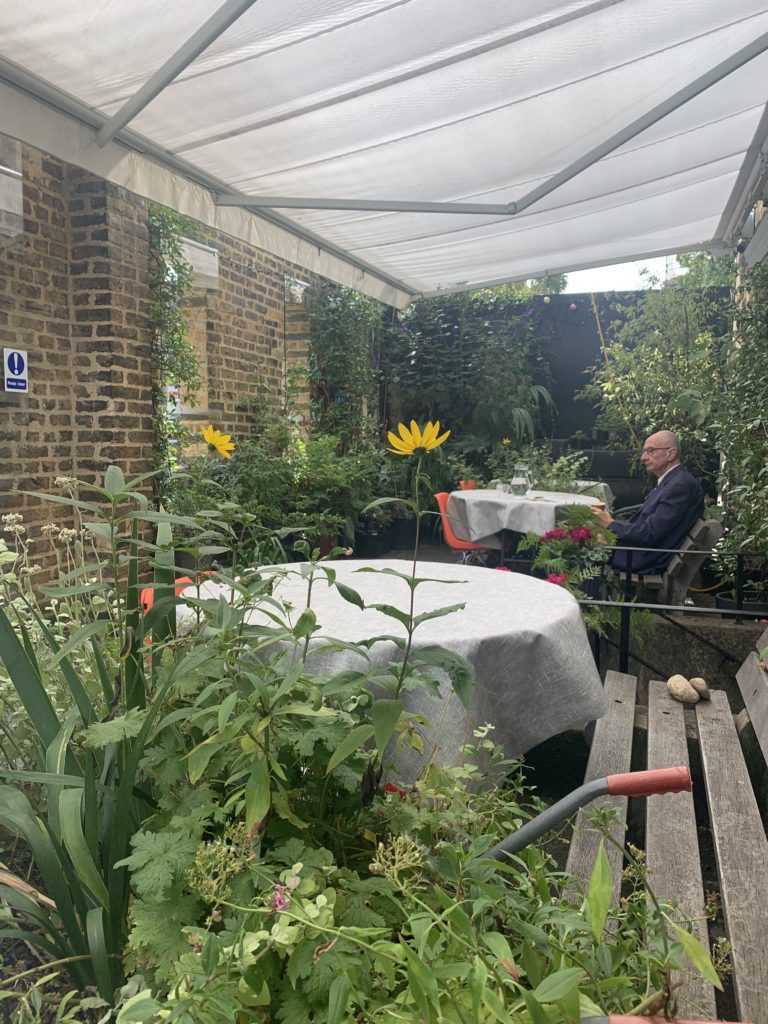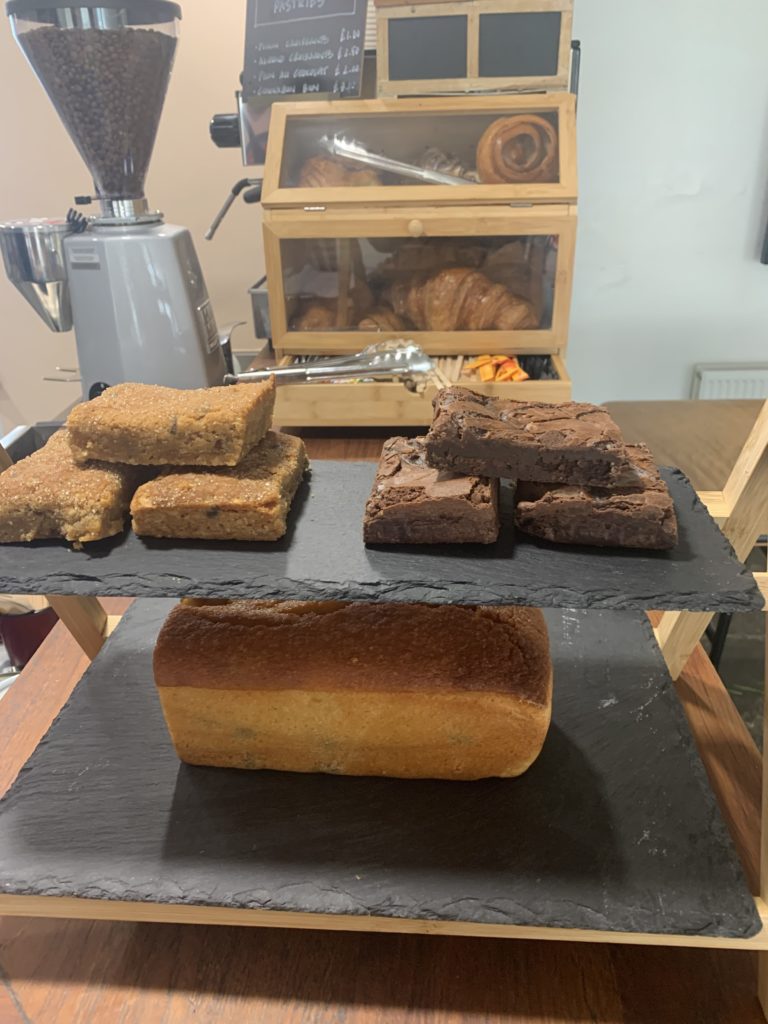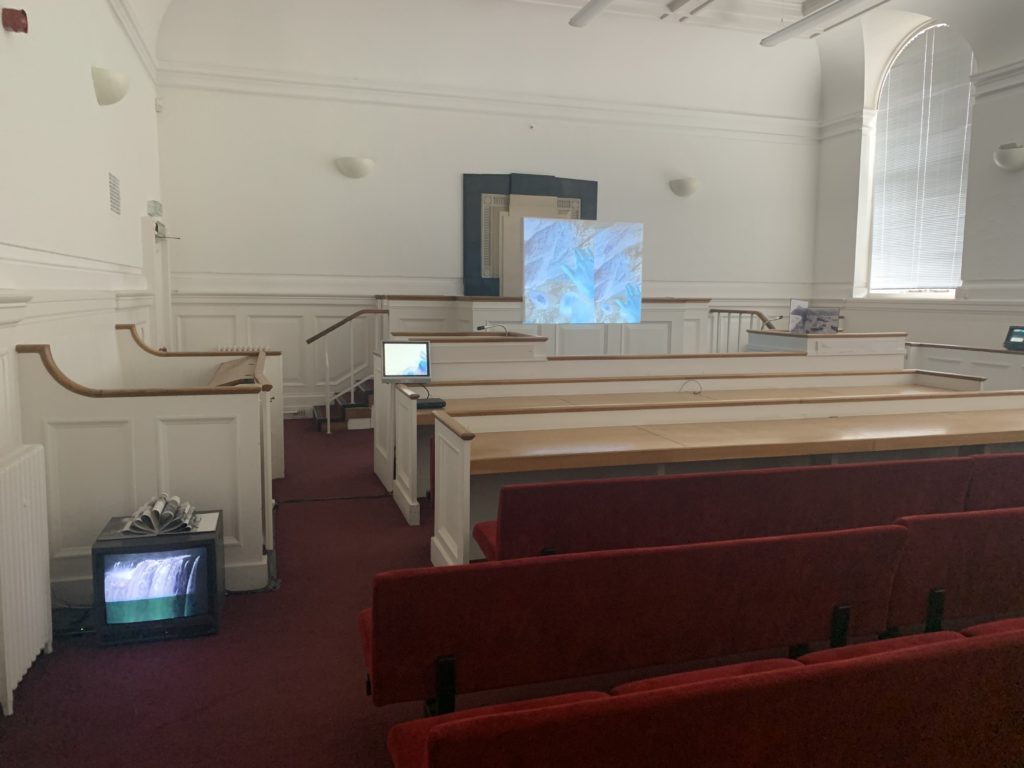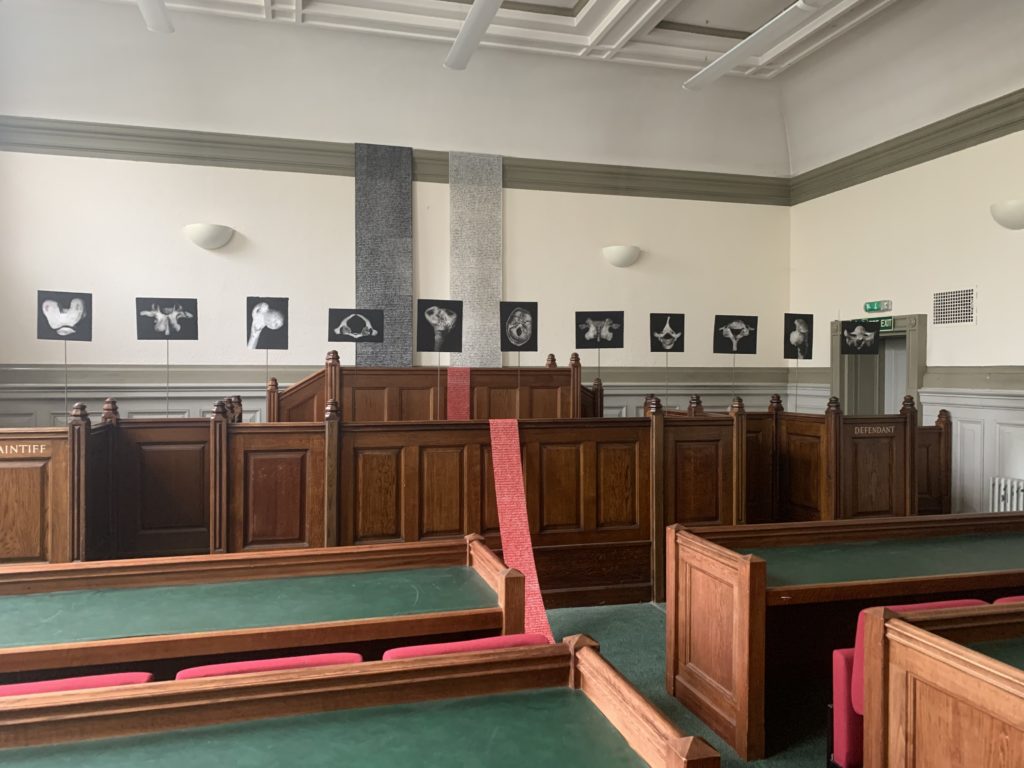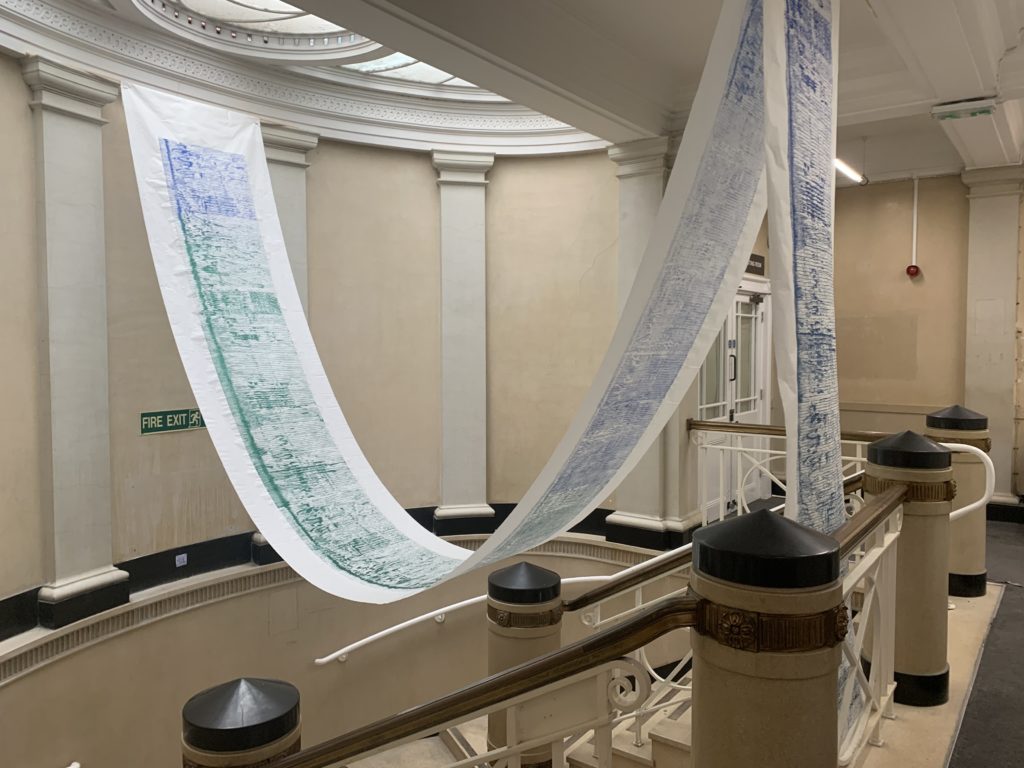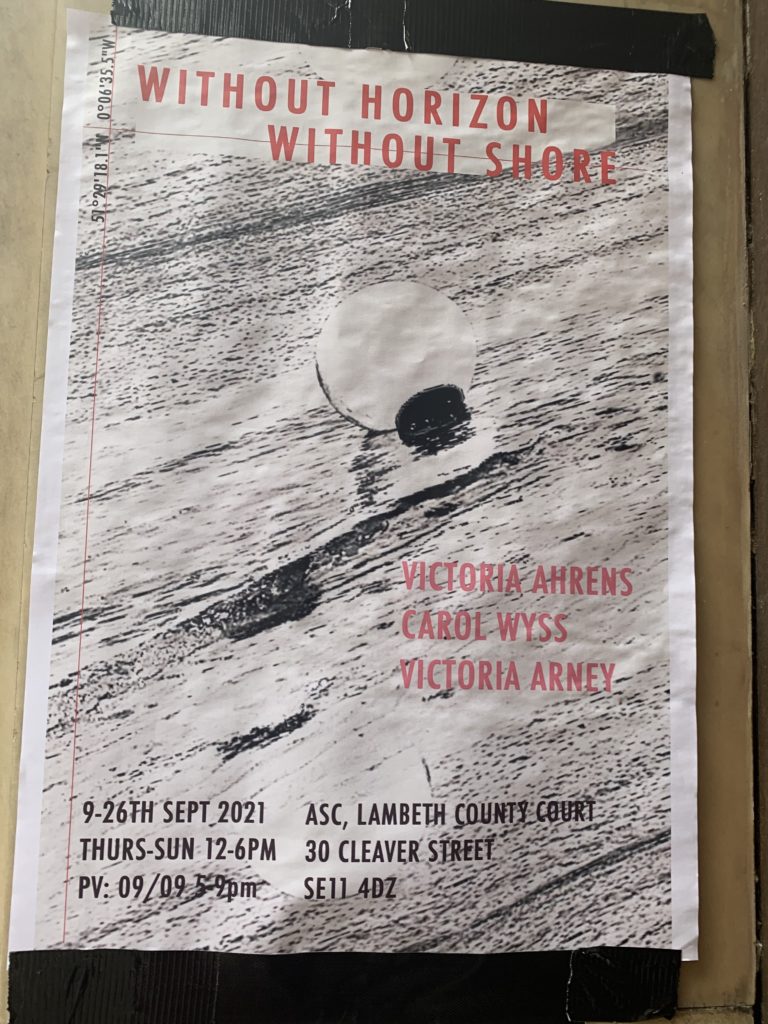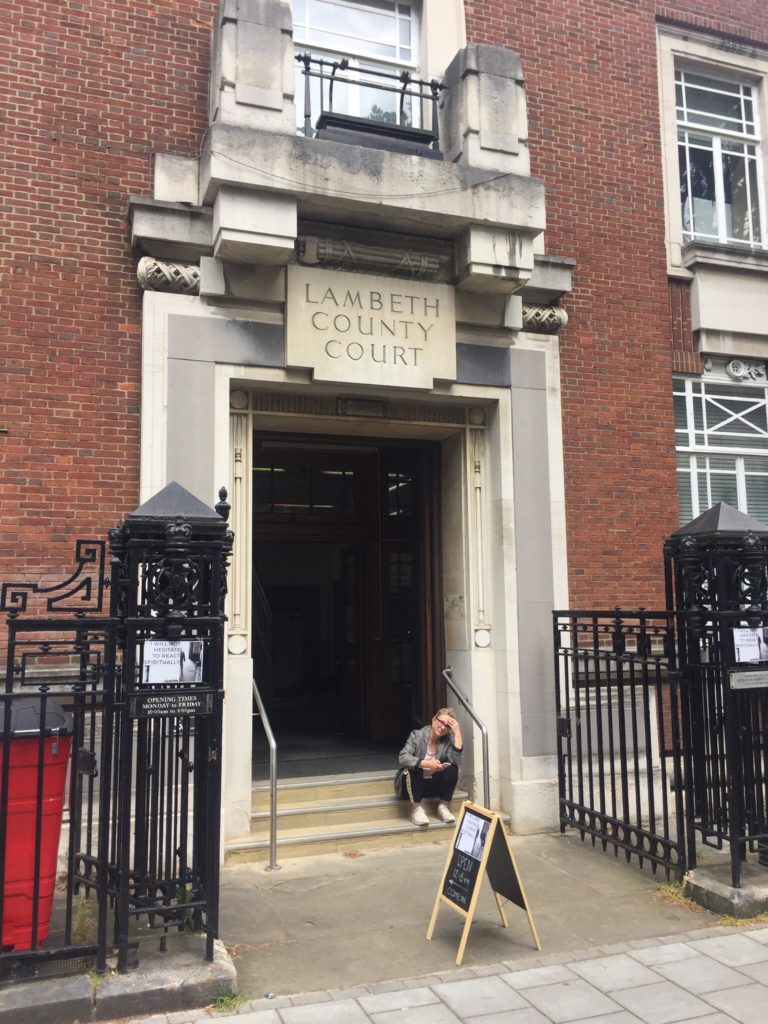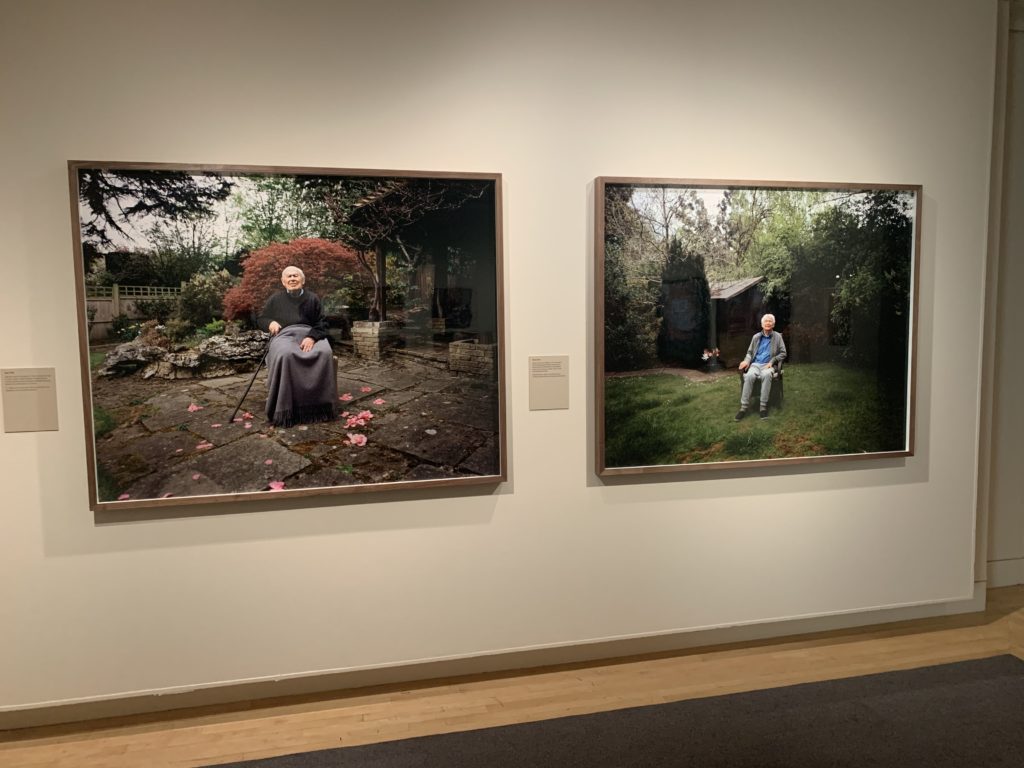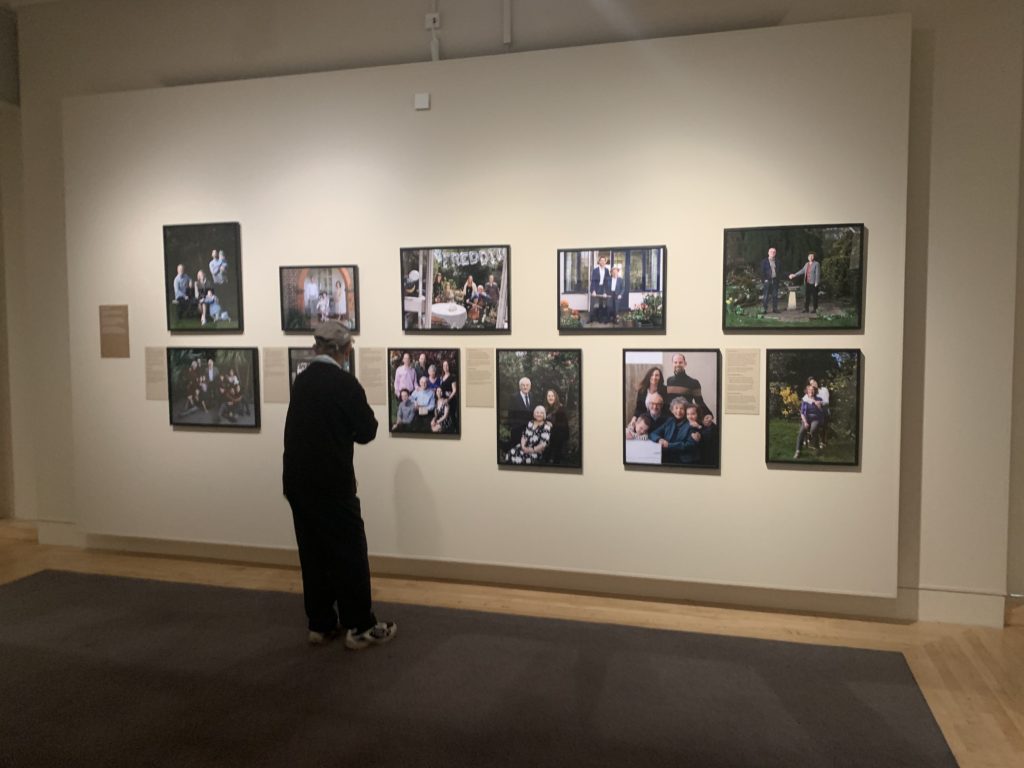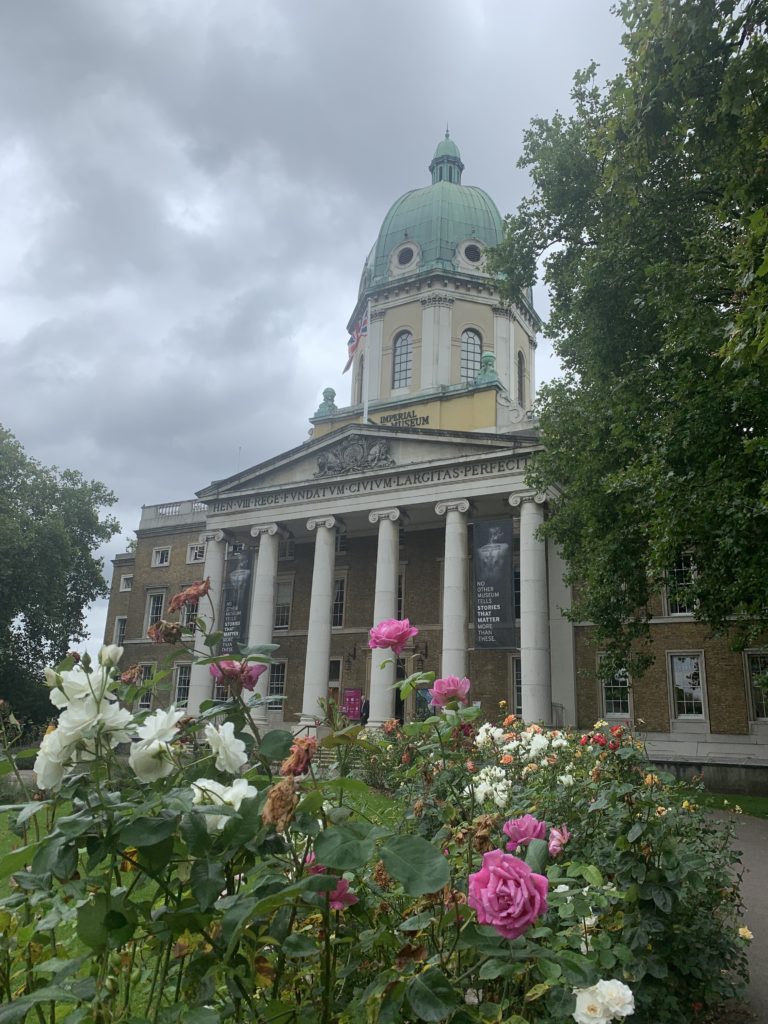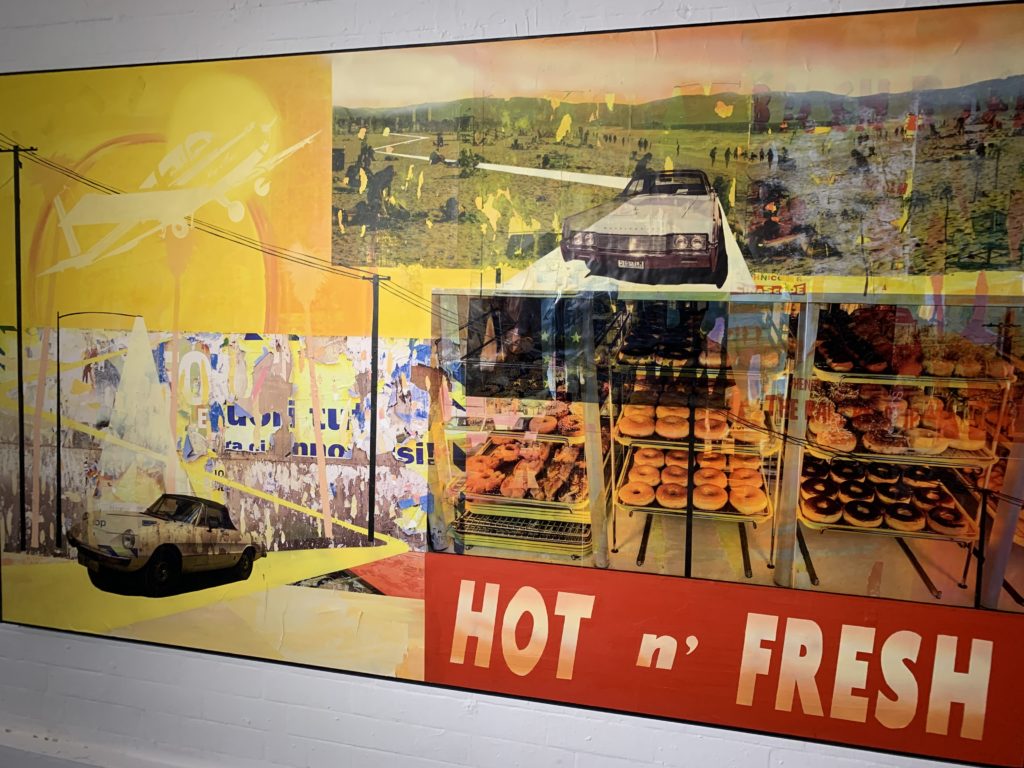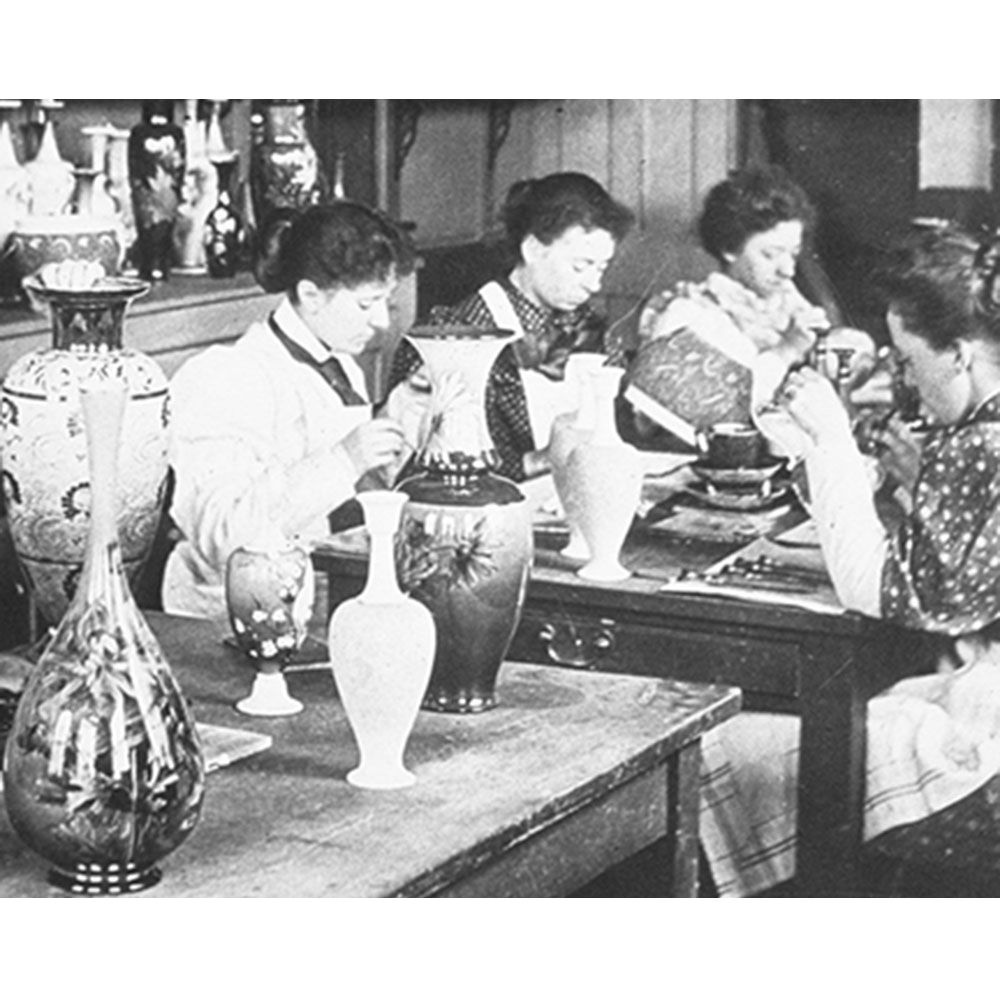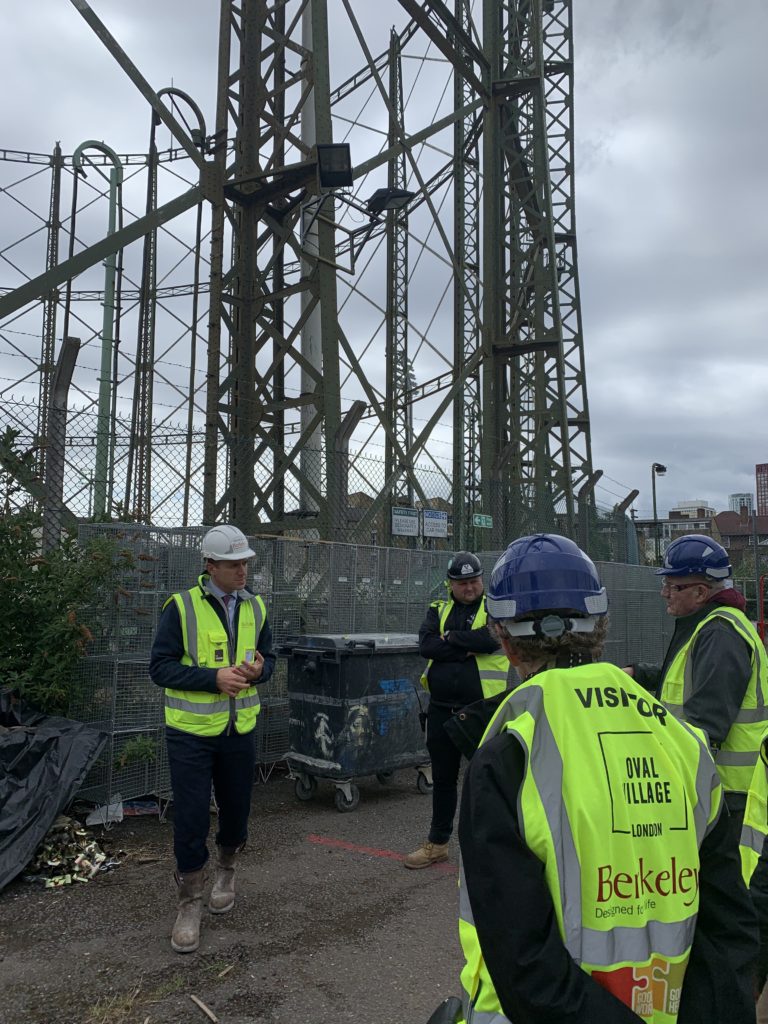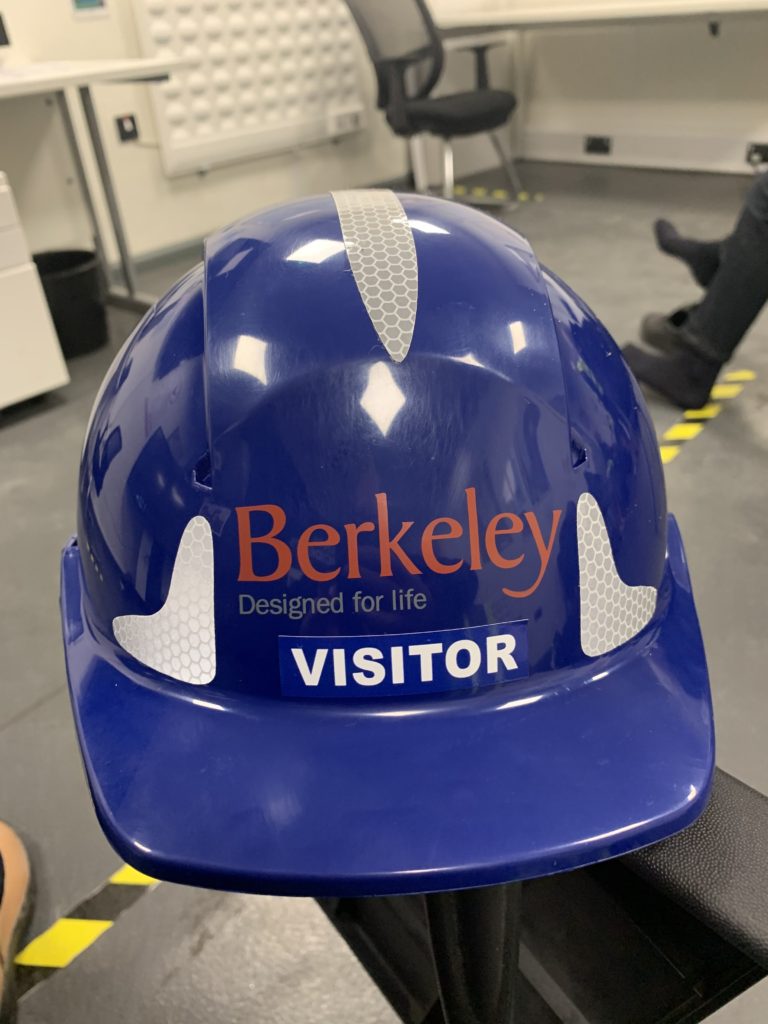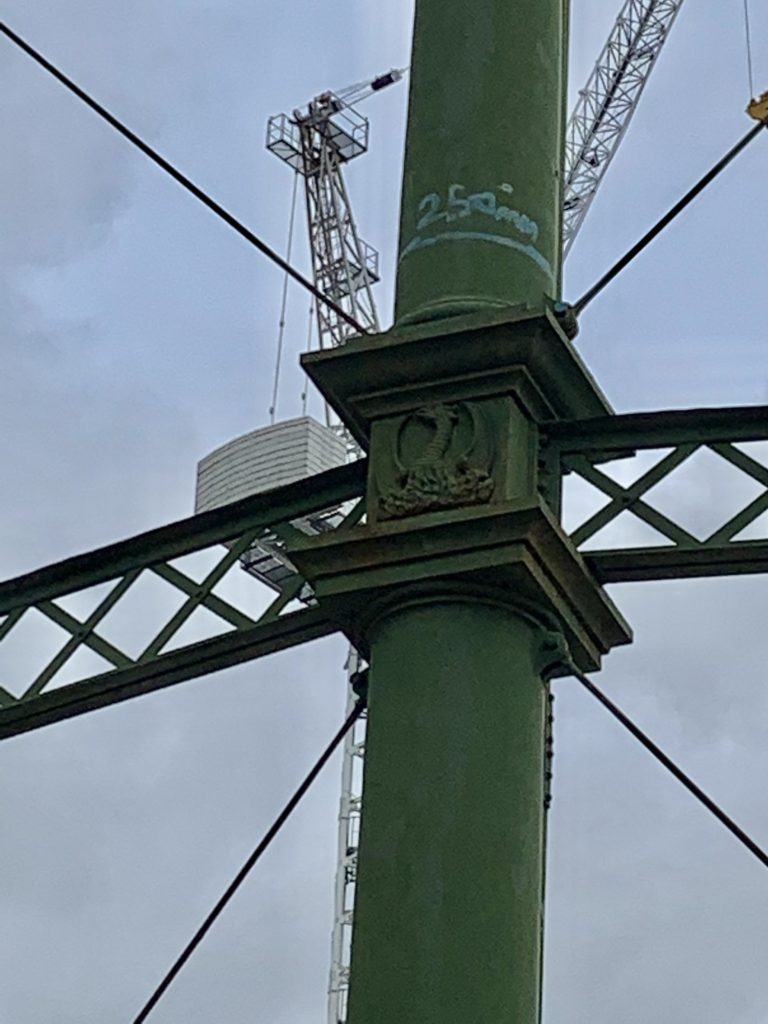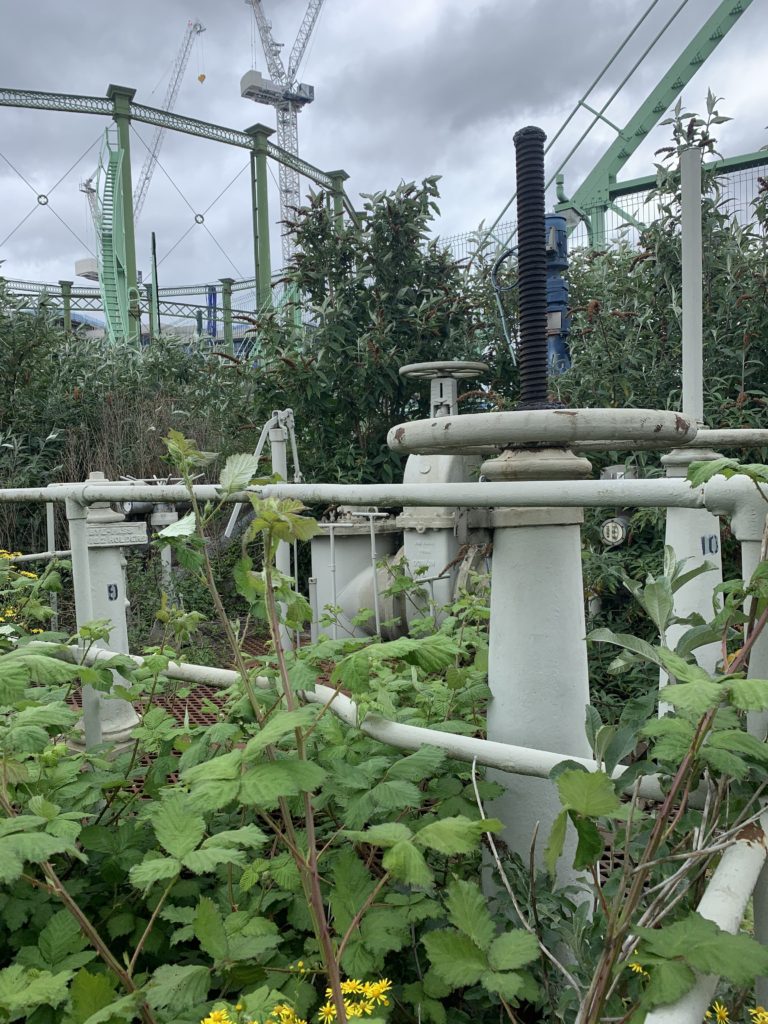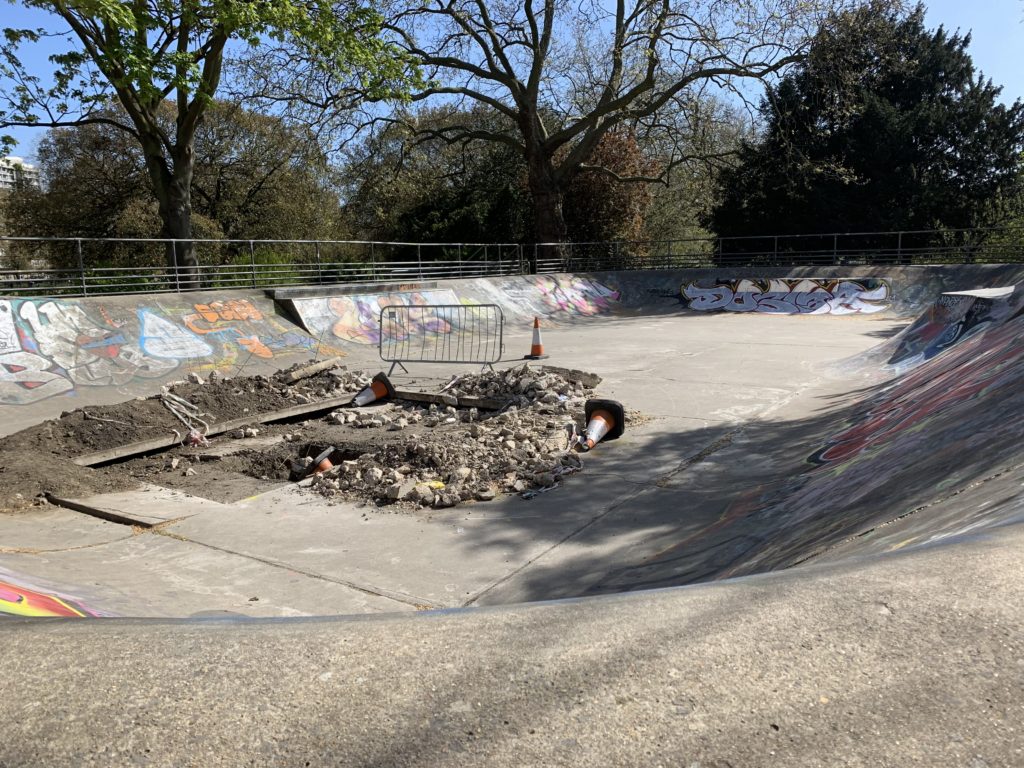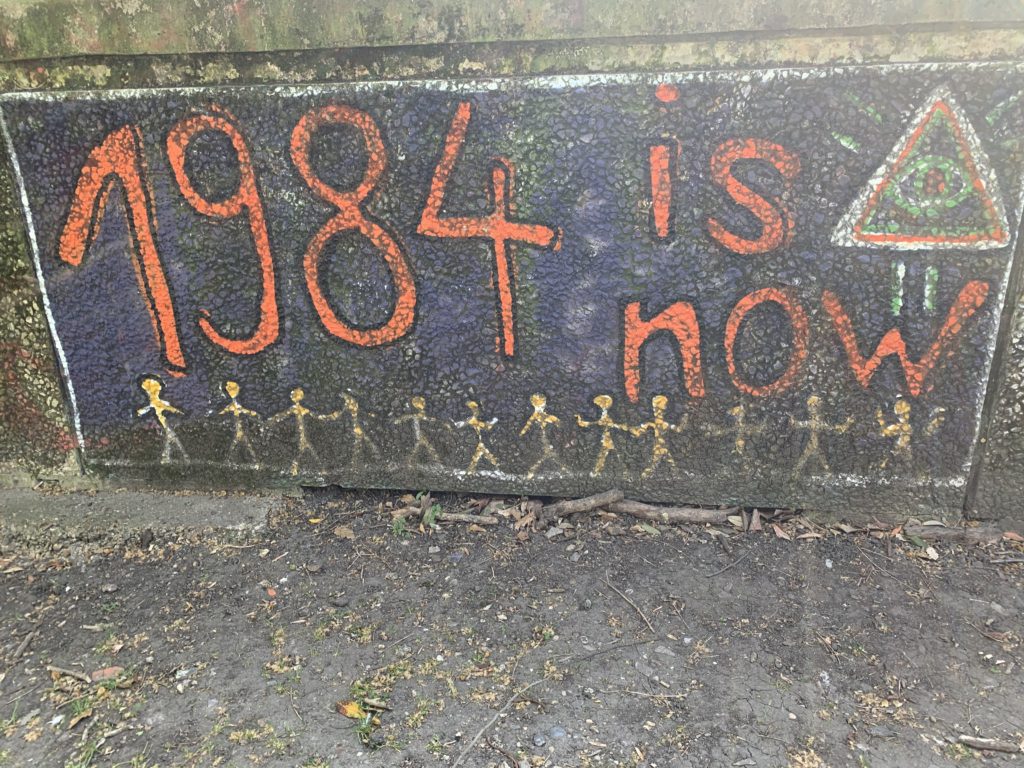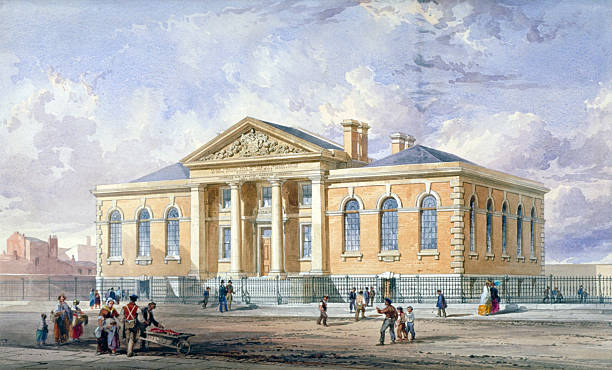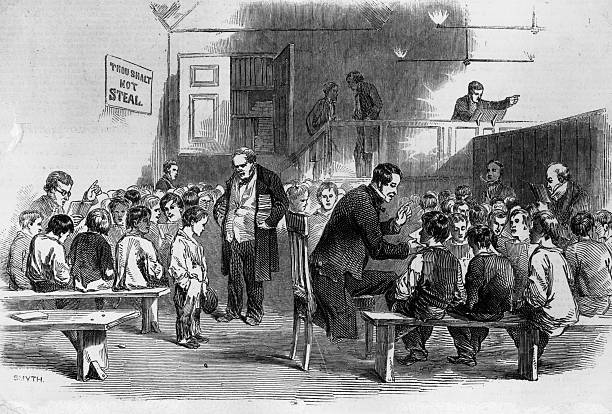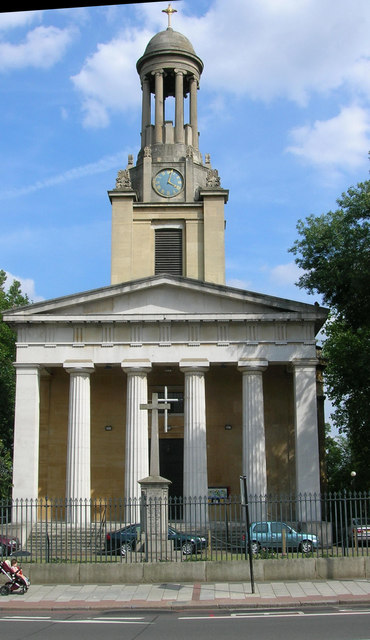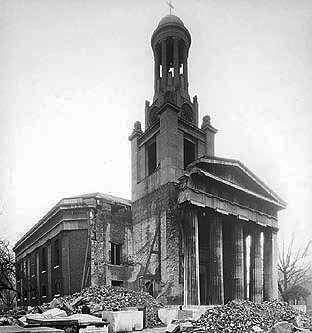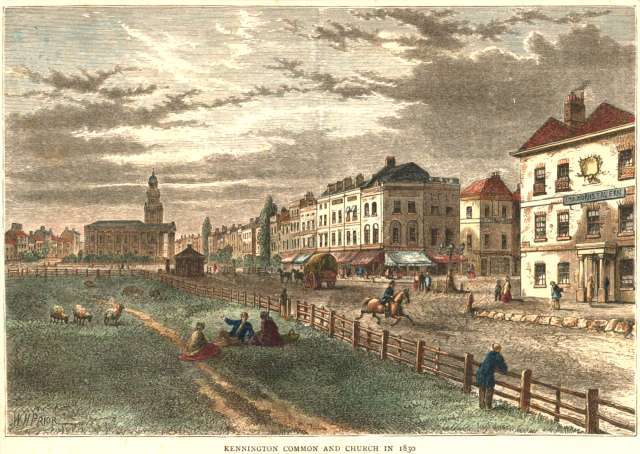Last week we popped over to the lovely but rarely open Beaconsfield Gallery in Vauxhall to check out their Ragged Canteen. It had been closed since before The Event but has now reopened as a ‘vegetarian, not for profit and kind to our planet’ establishment. So everything we aspire to be here at the Runoff. Well other than those days when we’re dealing with work related stress by cramming a £3 meal deal ham sandwich down our gobs…..Moving on…..
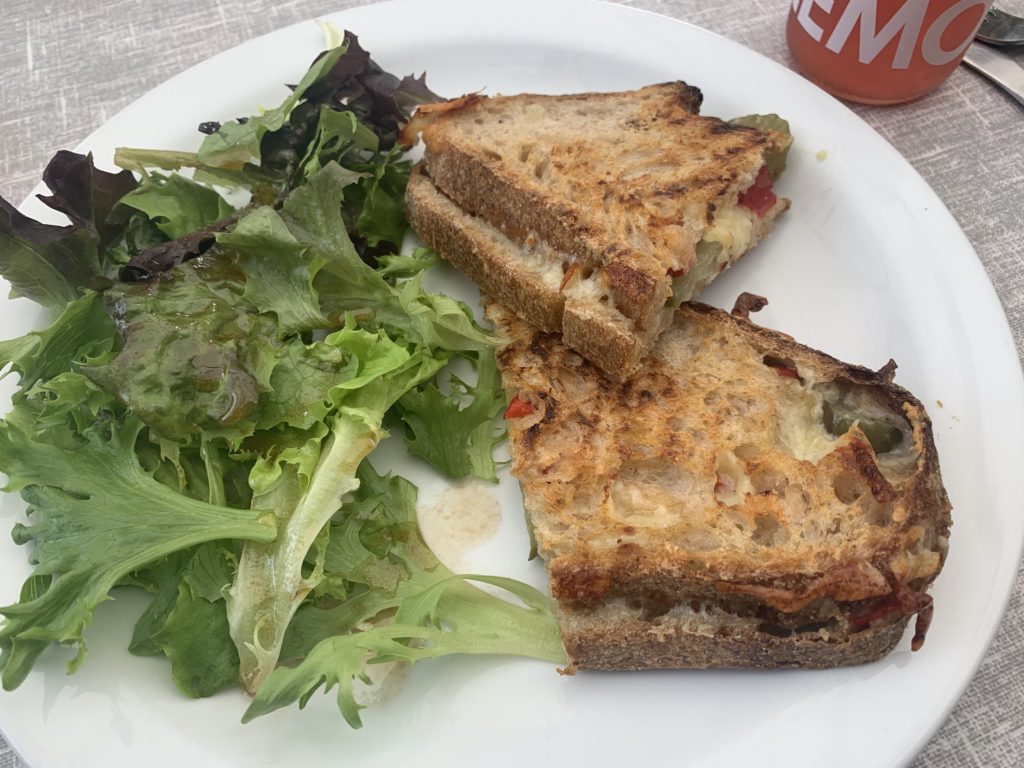
Yes we are aware that the sandwiches look exactly the same 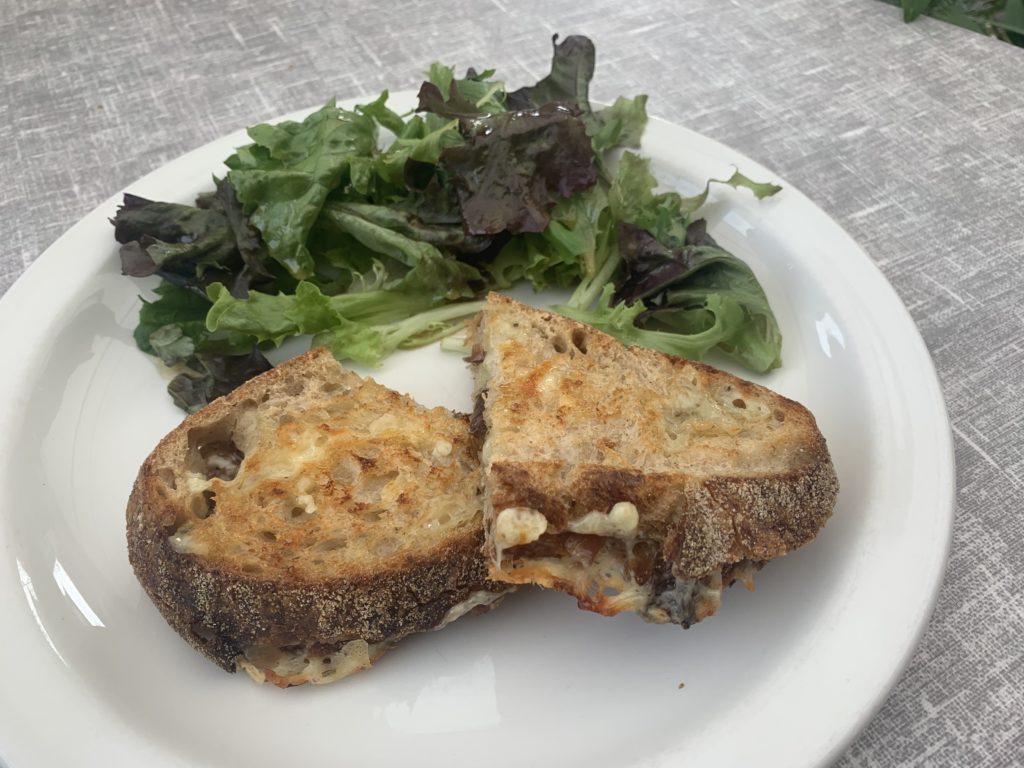
Toasties are the main draw at Ragged Canteen, and on this outing my colleague had the carmelised onion, oregano, mozzarella and cheddar. It was nice and crispy around the edge, with a bit of cheese oozing out and well filled. Your scribe indulged in a gherkin and red pepper sandwich. Both on a nice thick sourdough and with all that goodness we just wish there had been more. All sandwiches can be made vegan if you ask them to substitute the mozzarella and cheddar with vegan cheeze. Frequent readers will be aware that we have a long and somewhat tortured relationship with vegan cheeze so we bypassed this option.
Also on offer at the Canteen are a host of snacks including croissants, crisps, brownies, cakes and cookies. Also available are a range of teas and coffees. We sat outside in their ample plant filled garden with just one another diner and a giant cat to keep us company.
The name ‘Ragged Canteen’ prosaically references the buildings’ previous life as school for underprivileged youth in Lambeth, and we wrote about this noble and glorious past a few months ago. When it is open to the public the upstairs gallery is home to some very cutting edge and challenging shows. Some folks here in the office recently enjoyed an immersive exhibit about contemplating seeing art virtually versus seeing it in the flesh with the use of virtual reality goggles.
